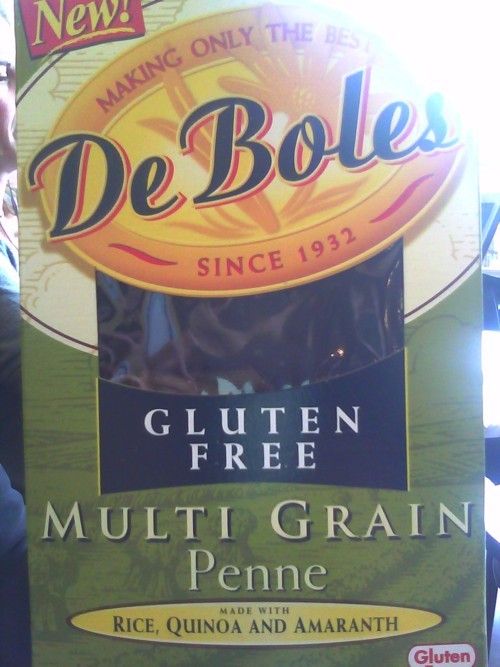When I meet people and tell them that I’m a Holistic Nutritional Educator they perk up and pay attention. They offer unsolicited information about themselves, listing medications and workout routines. When I ask them about their diet they say, “I try to eat right”. As they continue, I tred lightly. They offer lists of protein, fats and carbohydrates. I offer no judgment and ask about their diet direction. They look t me with a puzzled look. I latched on to this phrase ‘diet direction’ from my first nutrition class and enjoy using it to explain nutrition.
A Diet Direction and Eating for Health model is an opportunity to explain different eating components such as minerals, nutrients and carbohydrates, proteins and fats. The visual aids and accompanying literature add the necessary visual breakdown for easy explanation.
A diet direction is a systemic plan to eat for a particular body type or activity level. I think of it as a diet directive that takes into account current health levels, medication, vitamin and mineral intake, lifestyle, and stress level. Our body will run more efficiently if we give it consistent levels of energy and a diet direction will help do so. When we starve our body of food or overindulge, our body resists and runs inefficiently triggering the starvation hormone. Log gaps with little food triggers this response. The body senses starvation and burns fuel at a slower rate in order to preserve a source of food. The longer we diet or starve our body, the heavier the starvation hormone sets in and the slower our metabolic rate becomes.
Brian Delaney from The Calorie Restriction Society and Duke University believe the overeating taxes our organs and ages the body. Our organs actually produce heat when they process food. This heat ages us internally at a greater rate. Doctors can determine our body’s age rather than our chronological age and a quick Google search can find on-line survey-type tests that can deliver the same result. I suggest finding an eating plan or diet direction to suit our goal and lifestyle to avoid excess aging.
Three types of diet directions are a Building Diet, Balancing Diet and Cleansing Diet. Each of these diets are recommended for no more than 42 days in a row to avoid a metabolic plateau. Changing our diet direction allows our body to become more efficient and avoiding metabolism plateaus. The Cleansing Diet is recommended or 3 to 14 days, the Balancing Diet 14 to 21 days and the Building Diet 21 to 42 days.
A Building Diet emphasizes lowered carbohydrates, more protein and healthy amount of good fat. Best for people with chronic immune system disorder, carbohydrate cravings, and weight issues. The Adkins and Zone diets are best examples of the Building Diet. People who are growing rapidly such as children and teenagers, competitive athletes, adults doing manual labor or those recovering from injury should consider a Building Diet. The Zone shows 30% protein, 30% fats and 40% carbohydrates. The Adkins diet is considered the less healthy alternative uses high-protein, high-fat and low carbohydrates. The first phase of Curves Weight Management program follows the Building diet model. The Eating for Health model shows, 2-3 Servings of seeds-oils, 2-4 servings of protein, a combination of 5 servings of vegetables – both leafy and crunchy, 2-3 servings of fruit per day, 2-4 servings of unrefined starches, and goes on to recommend herbal teas rather than caffeinated beverages to help maintain a balanced acid/alkaline level.
A Balancing Diet shows 20% protein, 30% fat, & 50% carbohydrates. The USDA Food Pyramid followed in its most strict sense is a Balancing Diet. The second level of the Curves Management Plan is also a balancing diet model. Taken from Bauman College reading material, “The key to this approach is that the foods be seasonal, local and organic whenever possible. The Balancing Diet in the Eating For Health approach is quite different than the so-called “balancing diet” advised by industry driven nutritionists and dieticians (p. 237).” Avoidance of refined carbohydrates and the inclusion of complex carbohydrates are important. There is also a focus on non-glutenous grains such as quinoa, millet or rice with a avoidance of genetically modified corn or oats, and a recommendation of fresh fruit rather than processed juice or canned fruit.
The Cleansing Diet is comprised of 20% protein, 20% fat and 60% carbohydrates. Many famed doctors recommend this diet plan. The vegan community enjoys this diet direction. Dr. Ornish, Weil, & McDougall choose plant and grain sources and protein sources from micro algae or an avoidance of animal products as well as “an avoidance of dairy due to mucous forming properties (p.238).” Considered a hypoallergenic, the Cleansing Diet chooses limited sugar and fat with an emphasis on a balanced alkaline levels with generous amounts of fruits and vegetables.
A diet direction helps our clients choose and commit to a lifestyle of intent. A diet direction can teach our clients the importance of eating close to the food source and lower on the food chain, a choice of locally grown, organic food. The Nutritional Educator teaches clients to choose carefully what they put into their mouths, rather than food intake based on a diet of grazing or eating the latest advertised special. A diet plan rich in digestible noutritional bites. Choosing a diet direction will reiterate the importance of avoiding processed sugar to side step a rise in the glycemic index and the importance of slow cooking rather than the deanimation of food with the microwave.






